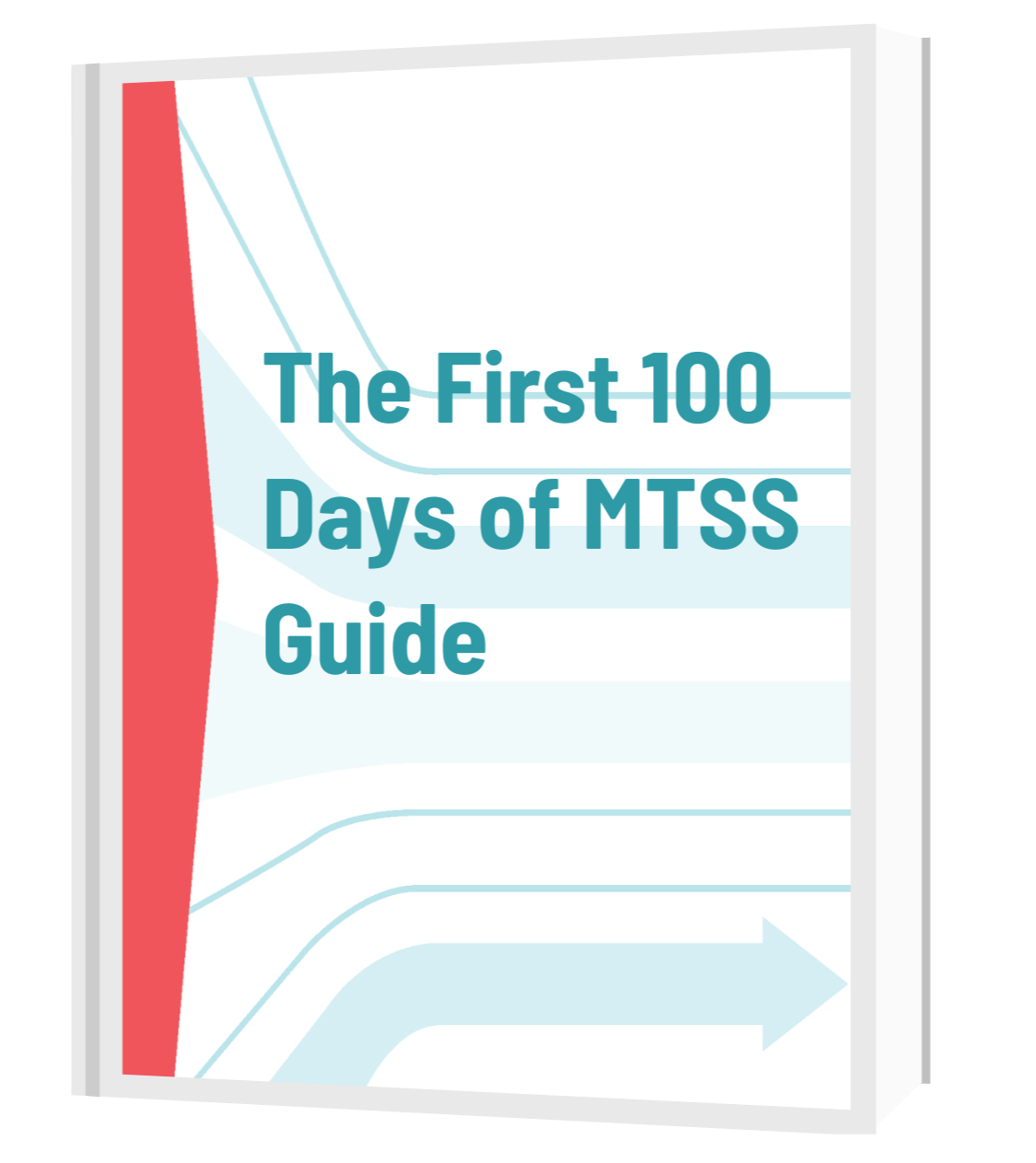Guide
The First 100 Days of Multi-Tiered System of Supports (MTSS)
Successful MTSS implementation starts with a clear roadmap. Without direction and purpose, even well-intended efforts can falter, especially in the face of change fatigue.
This guide helps education leaders confidently launch or refine their MTSS practice. You’ll find practical steps, foundational resources, and tools to build clarity across teams and stakeholders. Whether you're just getting started or making a mid-year shift, it's not too late to lay the groundwork for lasting impact.











.png?width=318&height=279&name=DA-Top%20(4).png)
